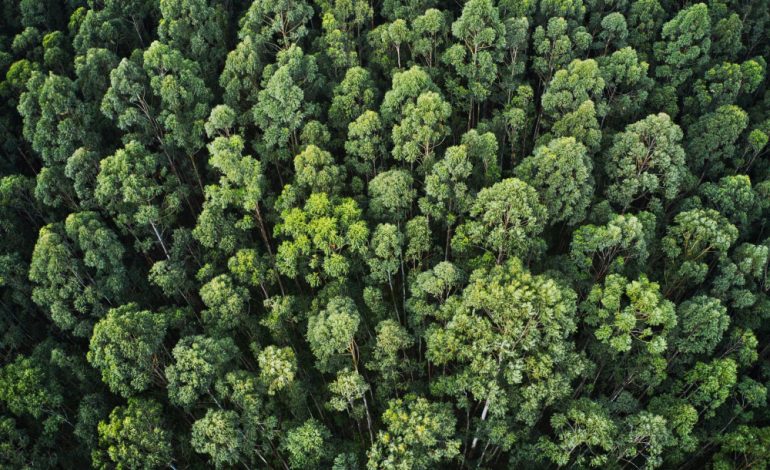
LEED CERTIFICATION: EVALUATION CRITERIA
LEED (Leadership in Energy and Environmental Design) certification is an international recognition for sustainable buildings. This certification evaluates and rewards buildings that meet high standards of environmental sustainability and energy efficiency. LEED-certified buildings are designed to reduce environmental impact and improve the quality of life for their occupants.
LEED Evaluation Criteria
To achieve LEED certification, a building must be assessed based on several criteria. These include:
- Sustainable site development: This evaluates the building’s location and its impact on the surrounding environment. Selecting previously developed areas and minimizing disruption to ecosystems are key factors.
- Water efficiency: Buildings must optimize water use, reducing waste and encouraging rainwater harvesting or greywater reuse systems.
- Energy efficiency: This criterion assesses energy consumption and the use of renewable energy sources. Efficient heating, ventilation, and air conditioning systems are critical in reducing energy demand.
- Materials and resources: The choice of eco-friendly, recycled, or low-impact materials is assessed. Reducing construction waste is also an important factor.
- Indoor environmental quality: Buildings must ensure high air quality and occupant comfort, using materials that do not emit toxic substances and providing proper ventilation.
Case Study: Bosco Verticale, Milan
An excellent example of a LEED-certified building is Milan’s Bosco Verticale. This residential complex, designed by Boeri Studio, is renowned for its tree- and plant-covered facades. It achieved LEED certification thanks to a combination of architectural innovation and sustainability.
Bosco Verticale excels in many LEED criteria:
- Water efficiency: The irrigation system uses recycled rainwater to maintain the vegetation on the facades.
- Energy efficiency: The vegetation acts as a natural filter, improving the building’s thermal insulation and reducing energy consumption for heating and cooling.
- Sustainable materials: Low-impact materials were used, minimizing CO2 emissions during construction.
This building has become a symbol of green architecture, demonstrating that sustainability can be integrated with innovative design. Bosco Verticale’s LEED certification highlights a commitment to a more sustainable future for urban environments.
